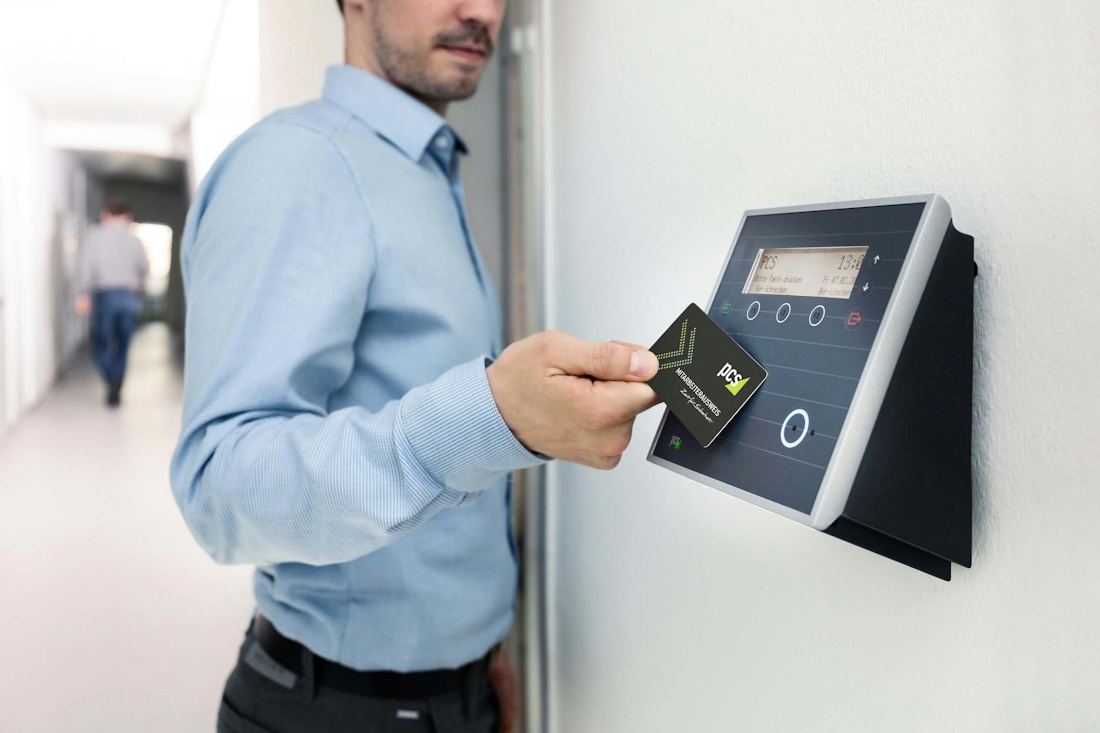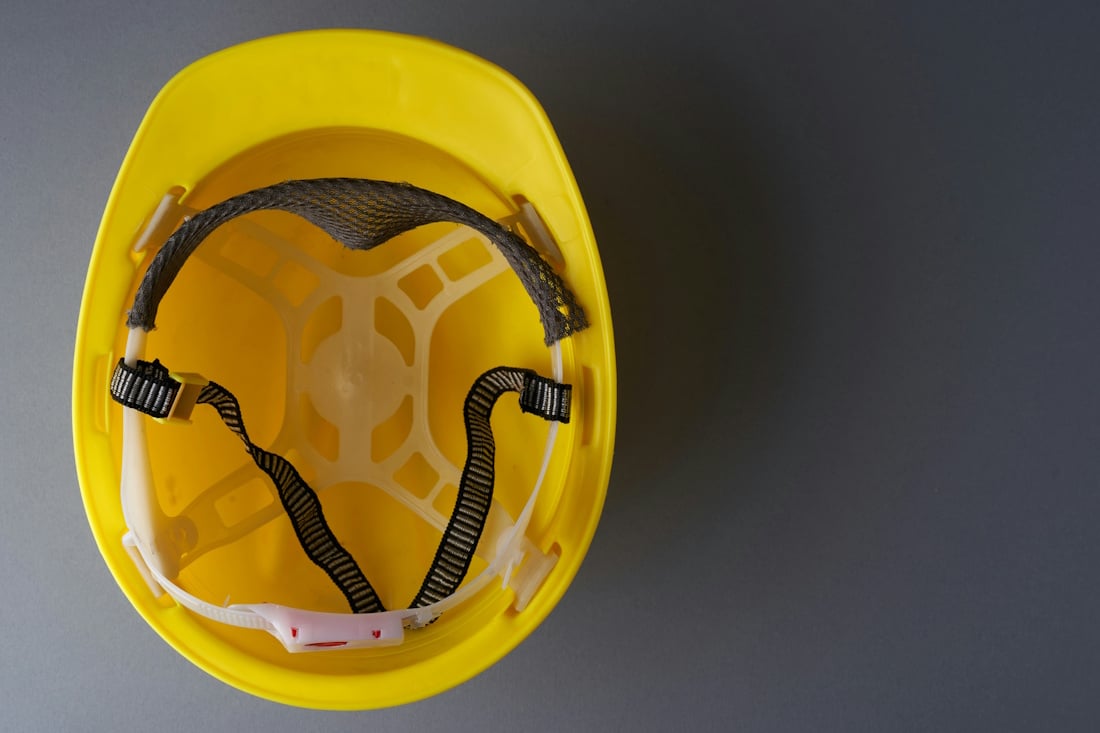Over the past few years, we’ve noticed companies re-assessing how and where they operate. Many businesses have opted to go fully remote, whilst others have returned to the office, and some are exploring hybrid options.
If you’re thinking about making the jump from working at home to working in an office, it's worth exploring the pros and cons of each option. Serviced offices can be worth considering as they often provide both coworking and private workspace options, all on a flexible rental basis.
Why Working in an Office Still Works
A structured workday
Working from an office creates a clear start and end to the workday, which helps people get into the right mindset for work. Consistent hours and scheduled break times can improve productivity and reduce procrastination.
In-person collaboration
Working in the same office makes it easier for employees to ask questions and share ideas, which can lead to faster decisions and easier collaborations.
Creating a company culture
Sharing a workspace with colleagues makes it easier to strengthen your team and create a sense of belonging where each employee feels valued.
We have written a separate article about how office space layout benefits company culture. This explores the links between the layout you choose and how it boosts company morale, collaboration and communication.
Access to onsite facilities
Employees working from an office will benefit from access to facilities such as super-fast broadband, meeting rooms and printers. Serviced offices, particularly those in London, also offer a wealth of onsite amenities ranging from roof terraces to gyms. Many of our clients have found that renting office space with onsite facilities has been a great way to encourage their employees back into the office.
Serviced offices, particularly those in London, also offer a wealth of onsite amenities ranging from roof terraces to gyms. Many of our clients have found that renting office space with onsite facilities has been a great way to encourage their employees back into the office.
Increased focus
A professional environment reduces external distractions. Companies looking for office space have mentioned to us that their staff are often distracted by chores or personal errands when working at home.
More opportunities for mentorship and learning
As mentioned, an office space allows employees to get fast answers. However, it is also the perfect place for formal and informal training, especially for those who learn better in person rather than remotely.
Professional setting for meetings
An office, in particular a serviced office, will often have either a dedicated meeting room or access to bookable meeting rooms in the building. A professional setting for hosting clients will boost your company's image and provide a great impression.
Clear work-life boundaries
Leaving your office at the end of the day is a clear signal that the workday is complete, making it easier to switch off and unwind after work.
Higher security levels
Encrypted networks, CCTV and secure access provide a higher level of security than working from home. Our clients, especially those dealing with highly confidential data, have benefited from renting serviced offices due to the increased security.
More networking opportunities
Serviced office buildings are ideal for networking, as many businesses rent space in the same building. This offers ample opportunities for spontaneous networking in breakout areas and communal spaces.
Challenges of Working in an Office
Inflexible workspace layouts
Most traditional workspace layouts can feel quite inflexible. Even if a workspace can be customised for a company, in our experience, we find that it is very rare to have all employees agree on a layout.
In addition, lighting, sound and temperature often can’t be tailored to individual employees, which can reduce productivity.
Lack of personal items
Similarly, many employers may limit the number of personal items employees can bring in to customise their workspace. This can make the space feel more generic and less comfortable.
Fixed hours
Working the same hours every day may not suit everyone. Some employees may work best in the morning, whilst some may prefer afternoons.
More noise pollution/distractions
Open-plan layouts, loud colleagues, and constant phone calls can be major distractions for staff members who require a quiet work environment.
In addition, some offices may be in busy buildings or areas which are more affected by street noise or roadworks.
Increased overheads for employers
The cost of rent, furniture and office maintenance can increase the overheads for an employer. Whilst serviced offices offer an all-inclusive price, this could still be a significant expense when compared to working from home.
For employers looking for more information on serviced office pricing, we have created a pricing tool which provides the average desk rate of private serviced offices and coworking. Our tool is updated quarterly to ensure that the data is accurate and up to date.
Stressful commutes
Many workers in London have stated that their commute is a significant source of stress. The Standard conducted a survey, which highlighted that 24% of Londoners are dissatisfied with their commutes.
Increased exposure to illness
As in any shared environment, offices increase exposure to illness. Sharing meeting rooms, breakout spaces and bathrooms make it easier for viruses to spread.
Especially in busy cities like London, where many people commute via public transport, there is a higher exposure to illness before even reaching the office.
Managing workplace politics
Office environments can involve favouritism and gossip, which can lead to coworker conflicts and tension, thus reducing productivity.
Higher carbon footprint
Many factors of working from the office can contribute to a higher carbon footprint. These include commuting or driving to the office as well as the energy used to keep an office building running.
The Perks of Working from Home
Potential for flexible working hours
Some companies allow employees to work flexible hours when working from home. This allows staff to choose when to start and finish depending on when they feel most productive.
No commuting time
Working from home eliminates the need to commute to an office, saving time, stress and money.
Lower daily expenses
Not commuting to an office also cuts down on daily expenses. Employees no longer need to pay for travel and lunches, therefore saving money.
Increased responsibilities over work and tasks
When working from home, employees are in control of managing their time and tasks without constant supervision. Whilst this can be true when working in an office, working remotely provides an additional level of independence as it is harder to be supervised consistently.
A controlled and comfortable environment
Employees are free to set up their home workstations exactly how they’d like them, including comfortable furniture, background music and preferred lighting/temperature.
Fewer distractions from colleagues
It can be easier to stay focused without the noise and interruptions of a busy office environment.
More time with family
For parents, working from home can relieve childcare worries, allowing them to spend more time with their family.
Improved accessibility for those with disabilities
Those with mobility issues or other disabilities may find it hard to commute, so working from home would be more practical and comfortable.
Lower carbon footprint
Working from home reduces the impact on the environment by limiting carbon emissions from using public transport or driving.
The Downsides of Remote Work
Isolation from colleagues/team
Not being around coworkers can be isolating, especially during longer periods of remote work.
Blurred work-life balance
When working from home, switching off “work mode” can be very hard, which can often lead to overworking and burnout.
More personal distractions
Home environments can be full of personal distractions. Whether it's noisy neighbours, a child that needs taking care of or household chores, these small distractions throughout the day can hinder productivity and focus.
Lack of private spaces at home
Many people may not have a spare room to use as an office space. Working in a shared household may not be productive and can be very distracting, especially during remote meetings.
Potential communication/technology issues
A weak internet connection can drastically affect productivity, leading to missed emails, frozen video calls and a general lack of communication.
Some people may also find it harder to pick up on tone and body language on the phone, which can cause unnecessary misunderstandings.
More security risks
Home networks and personal devices often don’t have the same level of security as office systems. This can make it easier for hackers and malware to access private data.
Lack of motivation
Some employees thrive in a bustling office surrounded by colleagues with shared goals. Without the accountability of coworkers, these employees may be less productive working from home.
Which is the best option?
As you can see, both options have their pros and cons, but this is where serviced offices and coworking spaces come in.
Flexible workspaces are just that, flexible. Companies can make the best of both worlds by renting a workspace for those who prefer to work from the office, scaling up or downsizing their space as necessary. Similarly, coworking spaces can also be rented on a daily or monthly basis for maximum flexibility.
Ultimately, the decision to work from home or the office is down to each business's needs. Conducting employee surveys is the perfect way to get valuable feedback from your staff to help you make this decision.
Whilst perhaps a controversial opinion, most businesses would argue that revenue and profitability are the key deciders.






